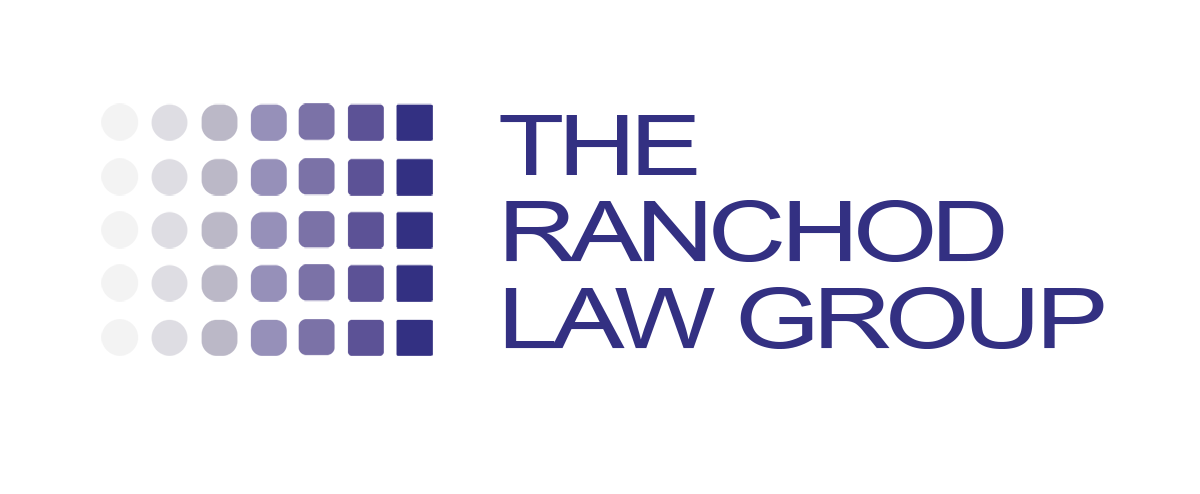H-1B Specialty Occupation Visa
H1-B Specialty Occupation
What is an H-1B visa?
The H-1B visa is a nonimmigrant classification used by an alien who will be employed temporarily in a specialty occupation or as a fashion model of distinguished merit and ability.
Is there a limit on the number of H-1B aliens?
Yes. Under current law, there is an annual limit of 65,000 aliens who may be issued a visa or otherwise provided H-1B status. Under the L-1 Visa and H-1B Visa Reform Act of 2004, beginning March 8, 2005, up to 20,000 additional H-1B slots were available to graduates of U.S. master’s degree (or higher) programs. There are some types of jobs that are exempt from the H-1B cap.
The number of H-1B visas for fiscal year 2005 was reached on the very first day of the fiscal year. Petitions for positions starting on or after October 1, 2005, could be submitted up to 180 days ahead of the requested start date. In other words, applications for the next quota of H-1B visas (excluding the new 20,000 slots for graduates of U.S. higher education programs) were accepted beginning in April 2005.
How does one apply?
In an H-1B visa application, the U.S. employer is called the petitioner and the foreign worker is called the beneficiary. After an offer of employment is made, the petition process begins.
The first step is for the petitioner to ensure that the worker will be paid at 100% of the prevailing wage paid to similarly employed workers in the geographic area where the beneficiary will be employed. The employer must also be sure not to pay less than the actual wage paid to other employees with similar qualifications.
The prevailing wage can be determined through a private wage survey or through a state Employment Security Agency. The benefit of relying on a state wage determination is that it cannot be challenged later by the U.S. Department of Labor (DOL). On the other hand, state determinations are frequently not a close match to the job performed and are slow in being issued.
Once the wage information has been obtained, a Form ETA 9035 Labor Condition Application (LCA) must be submitted to the DOL. On this form, the employer must submit the wage to be paid, the prevailing wage and must make certain attestations. The form is submitted on the Internet or by fax, and the DOL only reviews the form to make sure it is properly completed. It does not look to see whether the information is accurate and instead investigates a small percentage of cases in which violations of the regulations appear to be occurring. (For more information, see the DOL’s Foreign Labor Certification web page at https://atlas.doleta.gov/foreign.)
The certified LCA petition is submitted to the U.S. Citizenship and Immigration Services (USCIS) as part of the H-1B petition package. Other information that should be included in the petition includes documentation of the beneficiary’s qualifications, the petitioner’s type of business and the type of work the beneficiary will be performing.
What are the fees associated with the H-1B visa?
There are four government filing fees that come up in H-1B cases. First, the base filing fee for an H-1B case is applicable in every case. Presently, the fee is $320. In late 2004, Congress passed legislation restoring a worker-retraining fee. The previously applicable worker-retraining fee was reinstated and increased from $1000 to $1500. Employers with fewer than 25 full-time equivalent employees in the U.S. (including employees of affiliates and subsidiaries) pay $750. Previously exempt employers will continue to be exempt from the fee. The fourth fee is a $500 fraud prevention and detection fee.
